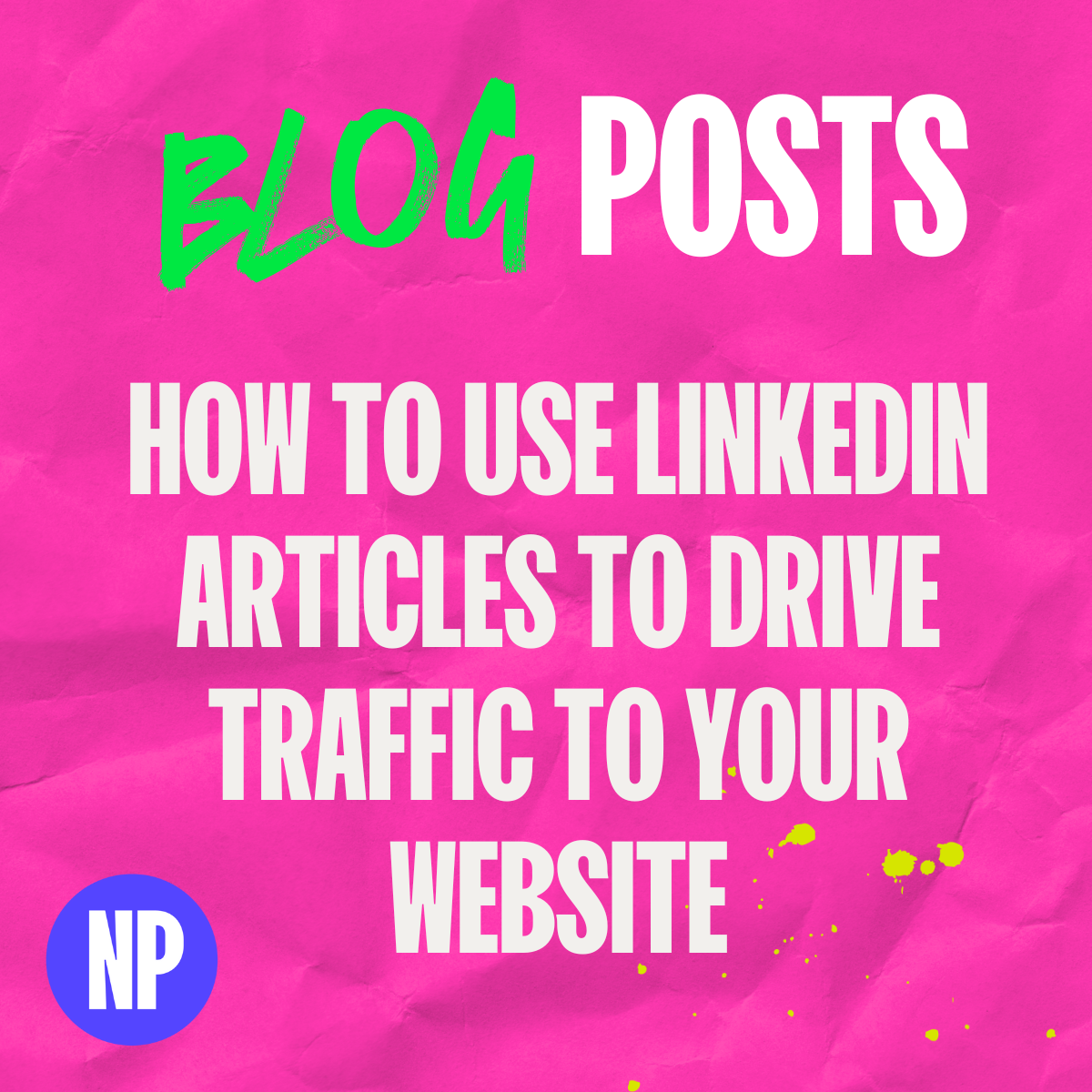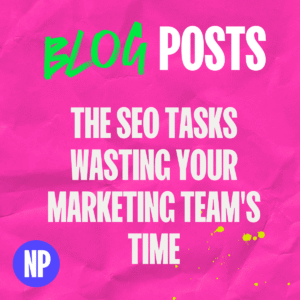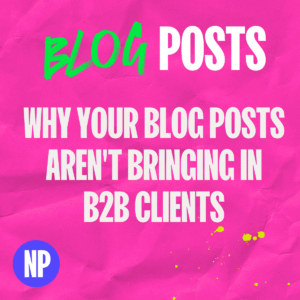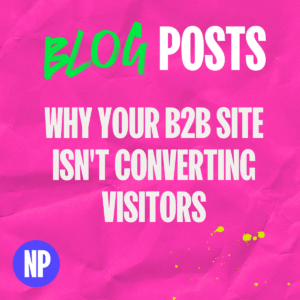The fabulous marketing support genius that is Gillian Bardsley asked on LinkedIn this week:
If I repurpose one of my blogs as an article on LinkedIn, will it be seen as duplicate content and impact my SEO?
Or, would I be better putting a snippet of a blog on a LinkedIn newsletter and linking it to the full version on my website?
Gillian, this one’s for you 😁

Is an article on LinkedIn seen as duplicate content and will it hurt my SEO?
The short answer? No, it won’t hurt your SEO. The longer answer involves busting one of the most wrongly quoted myths in our industry and showing you exactly how to use LinkedIn articles to drive decent traffic to your site.
So here we go…
Why duplicate content won’t hurt your LinkedIn article strategy
First, let’s kill this myth once and for all: there is no duplicate content penalty. Google doesn’t send the SEO police round to your house for having similar content in two places. And it doesn’t delete your site or think you’re a spammer if duplicate content exists. Because, well, these things happen.
What Google does do is filter duplicate content in search results. So it picks which version to show and filters out the others. It’s not a punishment – it’s housekeeping. Google wants to show users diverse results, not five versions of the same article.
Sites with legitimate duplicate content (printer-friendly versions, product descriptions across multiple pages) rank perfectly well because they handled it properly.
Sites that syndicate content, or where content is fed to other websites manage it without penalties too.
The key is managing it sensibly, not panicking about it.

How to publish LinkedIn articles without SEO risks
This is the exact process I use, and the one I shared in that comment thread:
Put your content on your site first
Always publish on your own website first. This establishes your site as the original source. Make sure you mark your version as your canonical (first/main/important) URL. Most WordPress SEO plugins will automatically set your page as the canonical version, check your own website SEO settings for how to do it.
Submit to Google Search Console
Get your original content indexed by Google before you publish anywhere else. Submit the URL through GSC and wait for it to be indexed. This gives Google a clear signal about which version came first.
Then publish on LinkedIn
Once your original is indexed, go ahead and publish on LinkedIn. You’ve got two solid options here:
Full Article Approach: Publish the complete article on LinkedIn but include a link back to your original. Something like “Originally published on [your website]” at the bottom works perfectly.
Partial Article Approach: Publish the first few paragraphs or a condensed version, then link to the full version on your site with “Read the full xxx here.” This is brilliant for driving traffic because you’re giving people a taste and making them want more.
Don’t forget your anchor text
LinkedIn articles include dofollow links, so your anchor text matters. Instead of “click here” or “read more,” use descriptive anchor text that includes your target keywords. Just keep it natural – “Read the full guide to not getting ripped off by SEO “experts” ” works better than “Click here for the rest of the article”

What not to do with LinkedIn articles
- Don’t publish on LinkedIn first and then your website. That’s backwards and potentially problematic.
- Don’t worry about “link authority dilution” – that’s another outdated myth from the same people who still think meta keywords matter.
- Don’t think you have to create entirely different versions for each platform. That’s just more work for the same result.
- Don’t publish only on LinkedIn. Your website should always be the home base for your content.

Your LinkedIn article publishing strategy
LinkedIn articles are a brilliant way to expand your reach and drive traffic to your website. The duplicate content worry is based on outdated information and misunderstanding of how Google works.
Your strategy should be: website first (with proper canonicals), get it indexed, then share strategically on LinkedIn with links back to your original.
This approach gives you the best of both worlds – your original content gets the SEO credit it deserves, while LinkedIn articles help you reach a wider audience and drive qualified traffic back to your site.
Stop overthinking it and start publishing. Your content deserves to be seen in more than one place.

This is the kind of thing we can cover in a 1:1 SEO session – book yours now.




